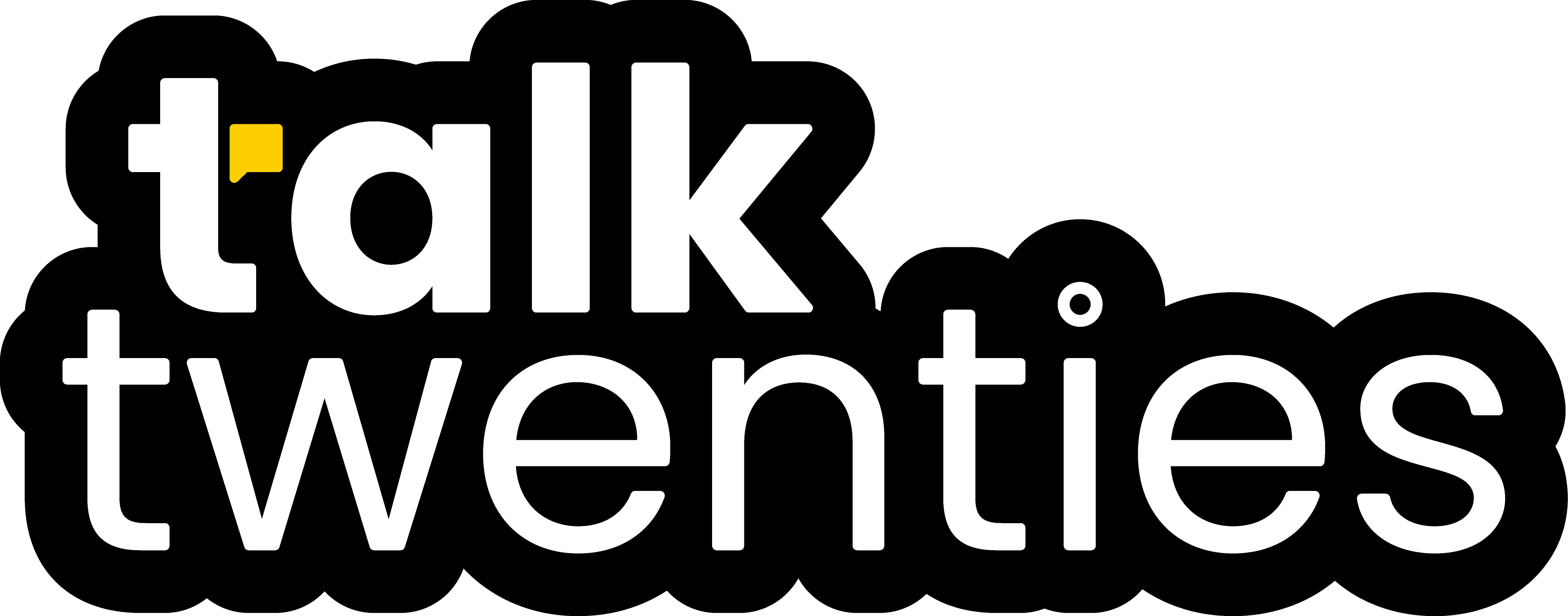
4 research-backed ways to manage anxiety
Anxiety is a natural human response that we all experience at times in life. With that being said, it can feel uncomfortable and sometimes even debilitating.
Anxiety disorders are the most common mental health disorders, with over 8 million people living with one in the UK.
Twenty-somethings are reporting increasingly higher levels of anxiety, with financial worries and the overwhelming pressure to succeed being significant triggers.
We experience anxiety through our feelings, thoughts, behaviours, and physical sensations. The model below explains that these are interlinked, which can create a vicious cycle:

So how do we break the vicious cycle and deal with anxiety by using methods that actually work?
At Talk Twenties, we’ve gathered our top 4 evidence-based ways to manage anxiety.
To note, this isn’t about ‘fixing’ the problem, because anxiety isn’t going to fully disappear (nor would we want it to!). Learning to live with it by reducing the symptoms is what we’re striving for.
1. Move forward (literally)
Forward movement, for example walking, running, swimming, and cycling, is associated with a suppression of the fear response (anxiety) and an activation of the ‘courage and confrontation’ response which triggers the release of dopamine (Salay, 2018). This means that forward bodily movement reduces anxiety at a basal level due to a process called self-generated optic flow.
Gentle movement is a great way to ease yourself into moving your body if you haven’t moved much recently or been able to find consistency with movement. A 15-minute walk each morning or after work could play a key role in helping you to manage anxiety!
2. Use your observing eye
In Cognitive Analytic Therapy, the observing eye is a skill that involves stepping back from your thoughts and behaviours to look curiously at your patterns. The idea is that a part of you is removed from the situation, allowing you to think more clearly about what happened and how you reacted.
We can use our observing eye by simply starting sentences with ‘I notice myself thinking that…’ and ‘the story that I’m telling myself is…’. If you’re looking for somewhere to start with this, take a look at these unhelpful thinking styles and ask yourself how many of them you’ve engaged with recently
3. Feel your feelings with mindfulness
Pushing your feelings down is like pushing a beach ball under the water. The further down you push, the higher the ball will come up out of the water. Confronting feelings of anxiety and worry is a healthy practice and builds emotional resilience. In fact, according to Harvard brain scientist Dr. Taylor, we only need 90 seconds to identify an emotion and allow it to dissipate in the body.
By using mindfulness, we can gently bring ourselves back to the here and now when we notice our mind wandering into thought patterns that re-trigger the emotion.
4. Develop wise mind thinking
Wise mind is a skill in Dialectical Behavioural Therapy, a type of cognitive behavioural therapy that teaches clients skills such as emotional regulation and distress tolerance. By acknowledging both the emotional mind and the reasonable mind, wise mind is the balance between the two. There’s an ability accept emotions, whilst responding to them in a logical manner. Here’s a Wise Mind Worksheet if you want to have a go!
Final thoughts
We encourage you to pick one of these methods to manage anxiety, and commit to practicing it regularly for a week or two. Coping skills take time to develop, so go easy on yourself as you navigate your way through all of this.
If you’re looking for further support, Mind offer ways to get help now and Counselling Directory is a recommended website if you’re interested in beginning therapy.
Lastly, this podcast ep with TJ Power offers further insight around controlling the mind!



